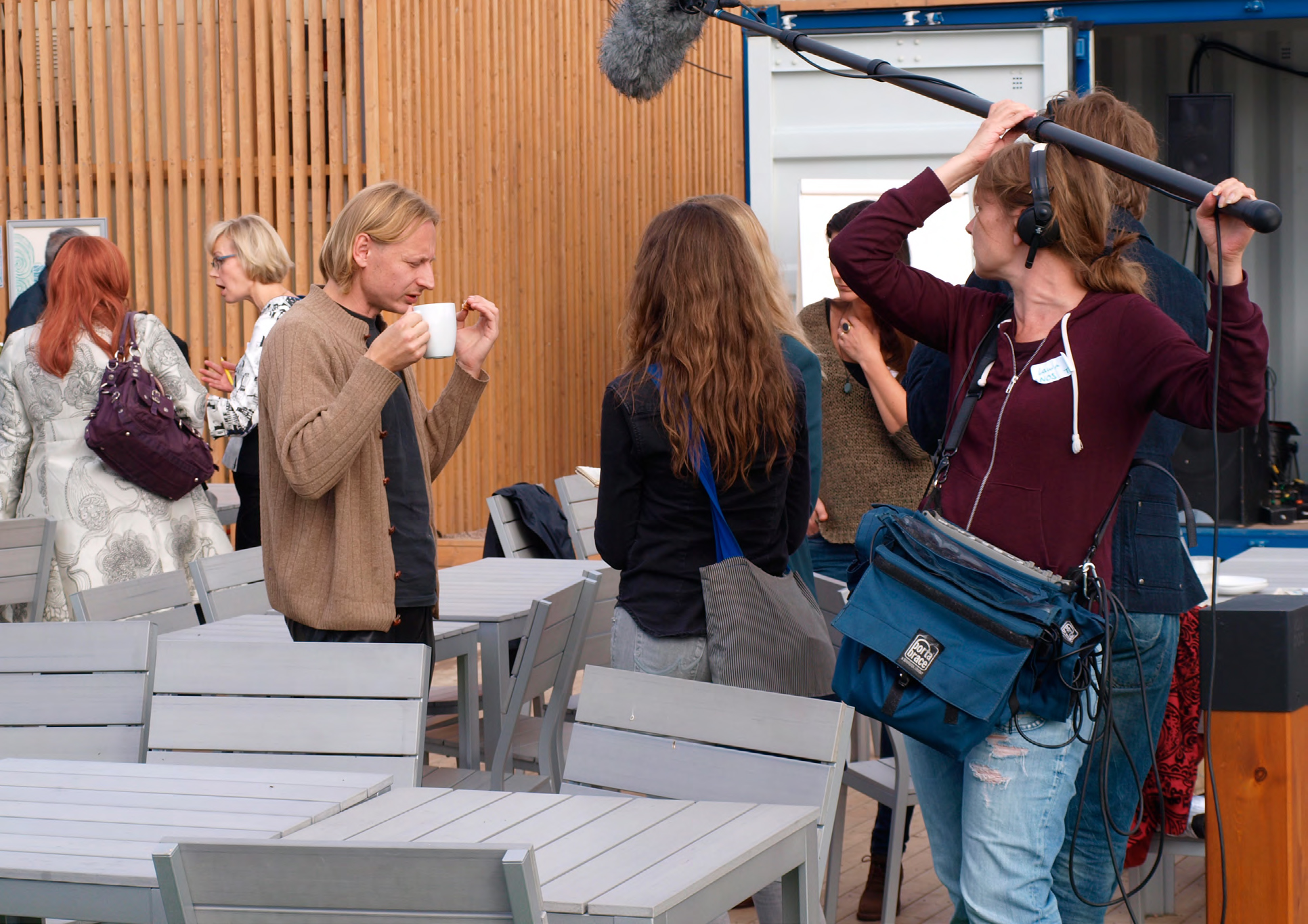Tag: Vikings
-

Vedergällningen, the Vengeance: a Viking Horror Larp
Vedergällningen was a Viking horror larp in Sweden focusing on the relationships between humans, their community, and their gods.
-

Baltic Warriors: Helsinki
Baltic Warriors: Helsinki was the first in a hopefully longer series of political larps about environmental issues related to the Baltic Sea, and especially to the way oxygen depletion in the water can lead to “dead zones” in which nothing lives. These are caused by many different things, but one culprit is industrial agriculture.